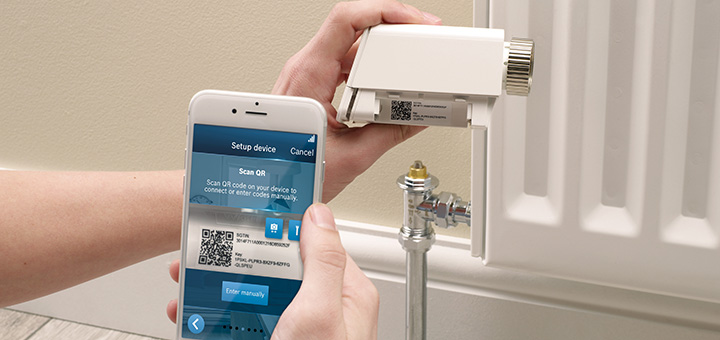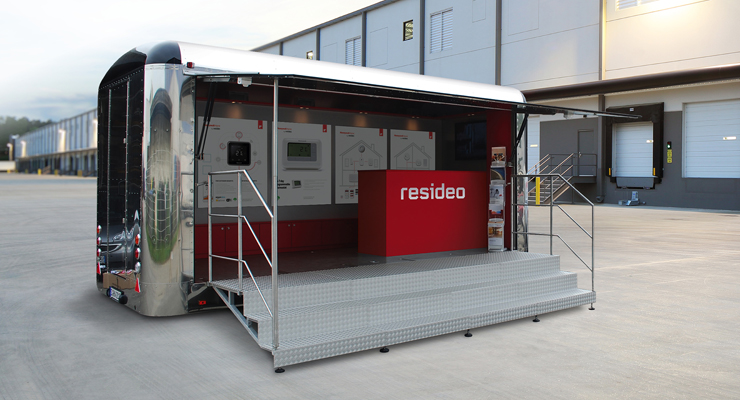
EPBD revision is a ‘welcome validation of best practice’
The addition of mandatory individual room temperature controls to the Energy Performance of Buildings Directive (EPBD) is a welcome validation of best practice for the plumbing and heating industry, according to Martyn Bridges, director of technical communication and product management at Worcester Bosch.
The EPBD revision requires individual room temperature controls, such as thermostatic radiator valves (TRVs), to be installed during the construction of new buildings, or when boilers are replaced.
Mr Bridges says: “TRVs are highly effective at improving heating efficiency and comfort in the home. This has long been known by many engineers in the UK but has only recently been acknowledged in this legislation, despite being overlooked in the Boiler Plus scheme.”
This type of temperature control is already a common method of improving energy efficiency, with the 2014 English Housing Survey Energy Report revealing that 76% of homes with gas central heating had either a full system or at least a partial system of TRVs.
“Using individual heating controls in conjunction with room thermostats offers individual room comfort, while still providing a boiler interlock from the room thermostat sited in a location that should offer an overall mean temperature of the house,” Mr Bridges continues. “TRVs are far more sophisticated, creating heating zones and supplying a controlled level of heating to suit individual rooms. By making their installation a legal requirement, thousands more homes across the UK can now benefit from the energy efficiency and cost savings that they provide.”
According to the EPBD, individual room controls need only be installed ‘where technically, economically and functionally feasible’, something Mr Bridges does not believe will be a barrier to their installation.
“Given that TRVs are fairly inexpensive, have a fast payback period and, in most cases, can be easily installed onto existing radiators, I can foresee them becoming a requirement for most installations moving forwards,” he says.
“Although TRVs are not an entirely new solution for most installers, now is the time to ensure that they are not overlooked,” Mr Bridges concludes. “By making it a legal requirement, this not only validates best practice, but also ensures that TRVs are considered for all new and replacement boiler scenarios.”
The EPBD received final approval from the European Council last month and will be transposed into national laws across Europe over the next 18 months.
- worcester-bosch.co.uk


